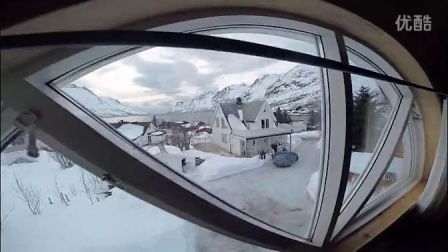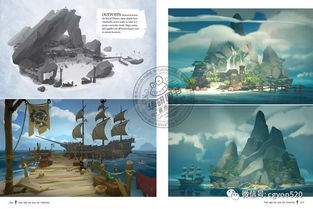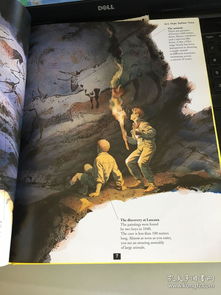Content:

As the temperatures drop and the world turns a frosty shade of white, the allure of ice fishing remains a steadfast tradition for many anglers. The serene beauty of a frozen lake, the quiet crackle of the ice beneath your boots, and the thrill of the catch all combine to create an unforgettable experience. However, fishing through a layer of ice presents its own set of challenges, particularly when it comes to hooking fish. Here are some expert techniques to help you master the art of ice fishing in cold weather.
Choose the Right Equipment
The first step in successful ice fishing is to equip yourself with the right gear. Here are some essential items to consider:
- Ice Auger: This tool is crucial for safely drilling holes in the ice. Look for an auger that suits the thickness of the ice and your personal preference for manual or electric operation.
- Bait or Lures: Depending on the fish species and conditions, you might need live bait, frozen bait, or artificial lures. Experiment with different options to see what works best in your specific environment.
- Rod and Reel: A light-action rod and reel are ideal for ice fishing. They allow for more sensitivity and provide better control when reeling in your catch.
- Tip-Up: This is a motion-sensitive device that can alert you to a bite without needing to be actively fishing. It's a great tool for catching fish during the coldest parts of the day.
Find the Right Spot
Location is key in ice fishing. Here are some tips to help you find the best spot:
- Research: Use maps, local fishing reports, and GPS devices to find areas with known fish populations.
- Look for Structure: Fish tend to congregate around submerged structures such as rocks, logs, and weed beds.
- Depth: Depending on the species, fish may be found at different depths. Experiment with your auger to find the sweet spot.
- Current: Fish often school in areas with current, so consider this when choosing your spot.
Ice Conditions
Before you venture out onto the ice, it's essential to assess the conditions:
- Ice Thickness: Aim for at least four inches of solid ice for safety. Thicker ice is better, especially if you plan to walk around.
- Snow Cover: A thick layer of snow can insulate the ice, but too much snow can be a barrier. Aim for a few inches of snow for the best results.
- Ice Color: Clear ice is typically the strongest, while white ice is weaker due to air bubbles. Avoid areas with colored ice, as it may be rotting.
Hooking Techniques
Once you've found your spot and set up your gear, here are some techniques to improve your chances of hooking fish:
- Bait Presentation: Whether you're using live bait or artificial lures, it's important to present it in a natural and realistic way. Mimic the movements of the bait fish in your area.
- Light Tackle: Use light line and tackle to reduce the risk of spooking fish. A good rule of thumb is to use a line that's 1/4 to 1/2 the thickness of the ice.
- Hook Size: Match the hook size to your bait. Too small, and you risk losing fish; too large, and you may not attract them.
- Set the Hook: When a fish takes your bait, don't be afraid to set the hook firmly. However, be gentle to avoid startling the fish.
- Patience: Ice fishing can be a waiting game. Stay patient and don't rush your strikes.
Safety First
Always prioritize safety when ice fishing. Here are some safety tips:
- Test the Ice: Always test the ice with an auger before stepping out.
- Stay with a Buddy: Ice fishing is safer with a partner. If something goes wrong, you'll have someone to help.
- Dress Appropriately: Wear layers of thermal clothing, a hat, gloves, and waterproof boots to stay warm.
- Emergency Supplies: Carry a first aid kit, ice pick, whistle, and a cell phone with a charged battery.
By following these expert techniques, you'll be well on your way to mastering the art of ice fishing in cold weather. Remember, the key is patience, preparation, and a deep appreciation for the beauty and tranquility of the frozen lake. Happy fishing!












